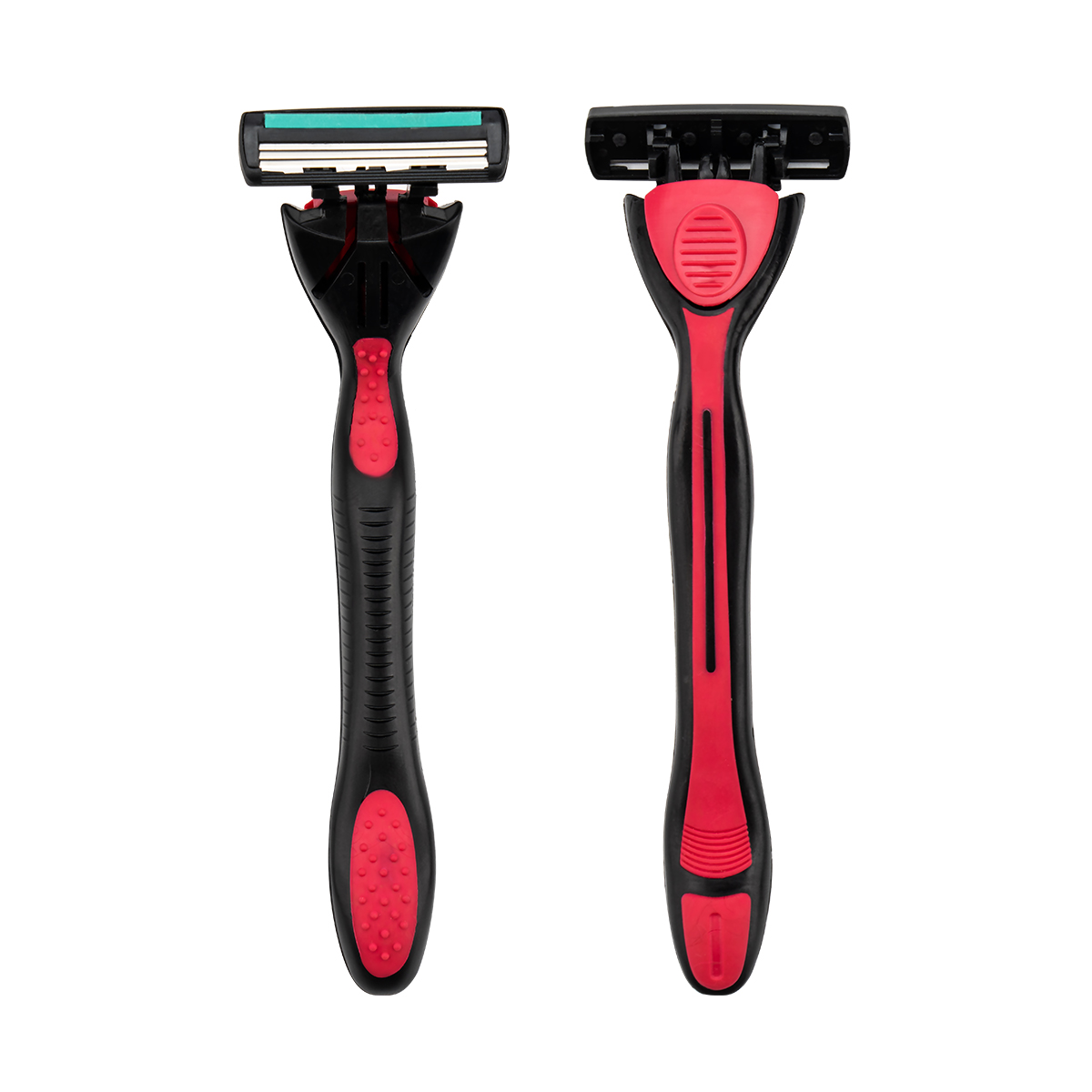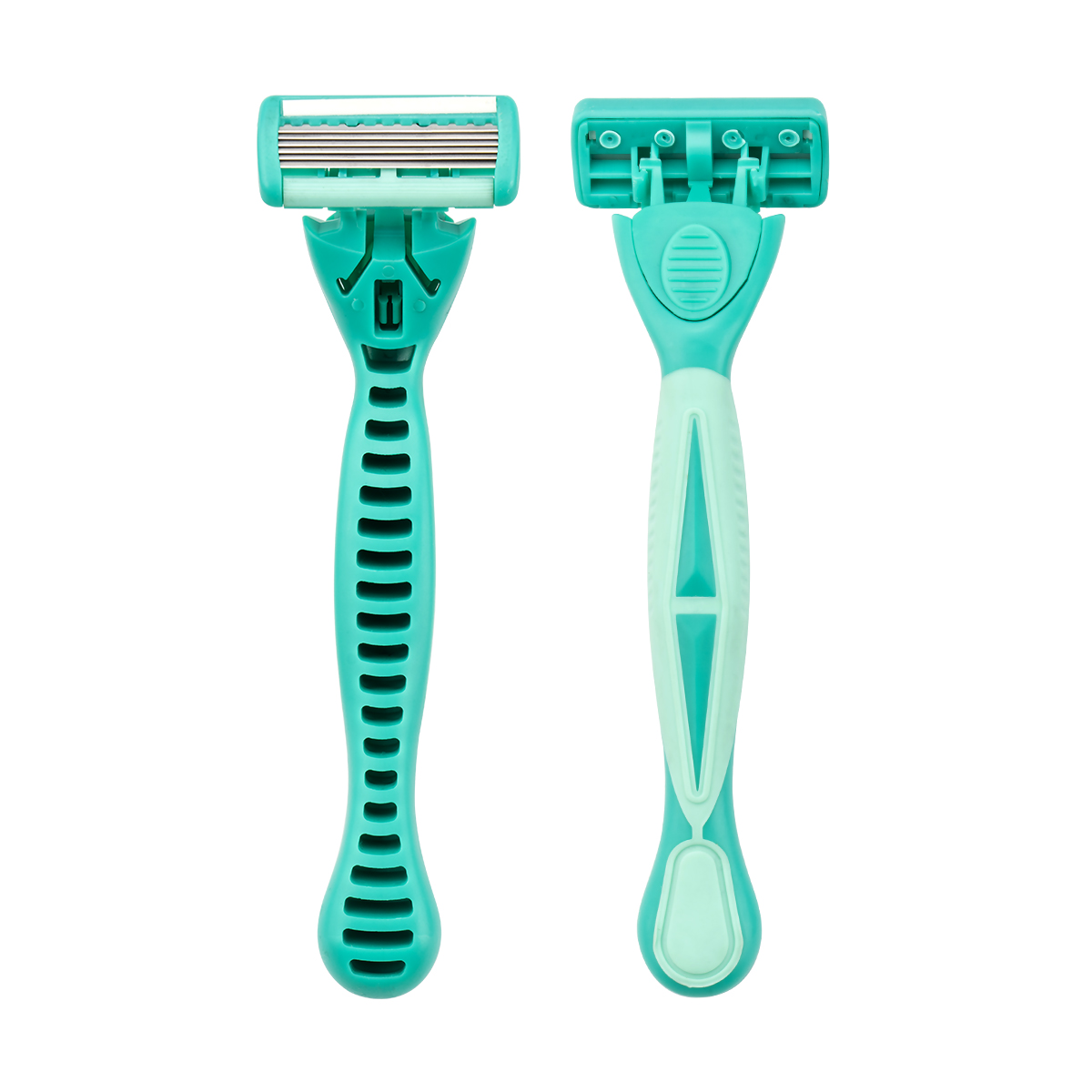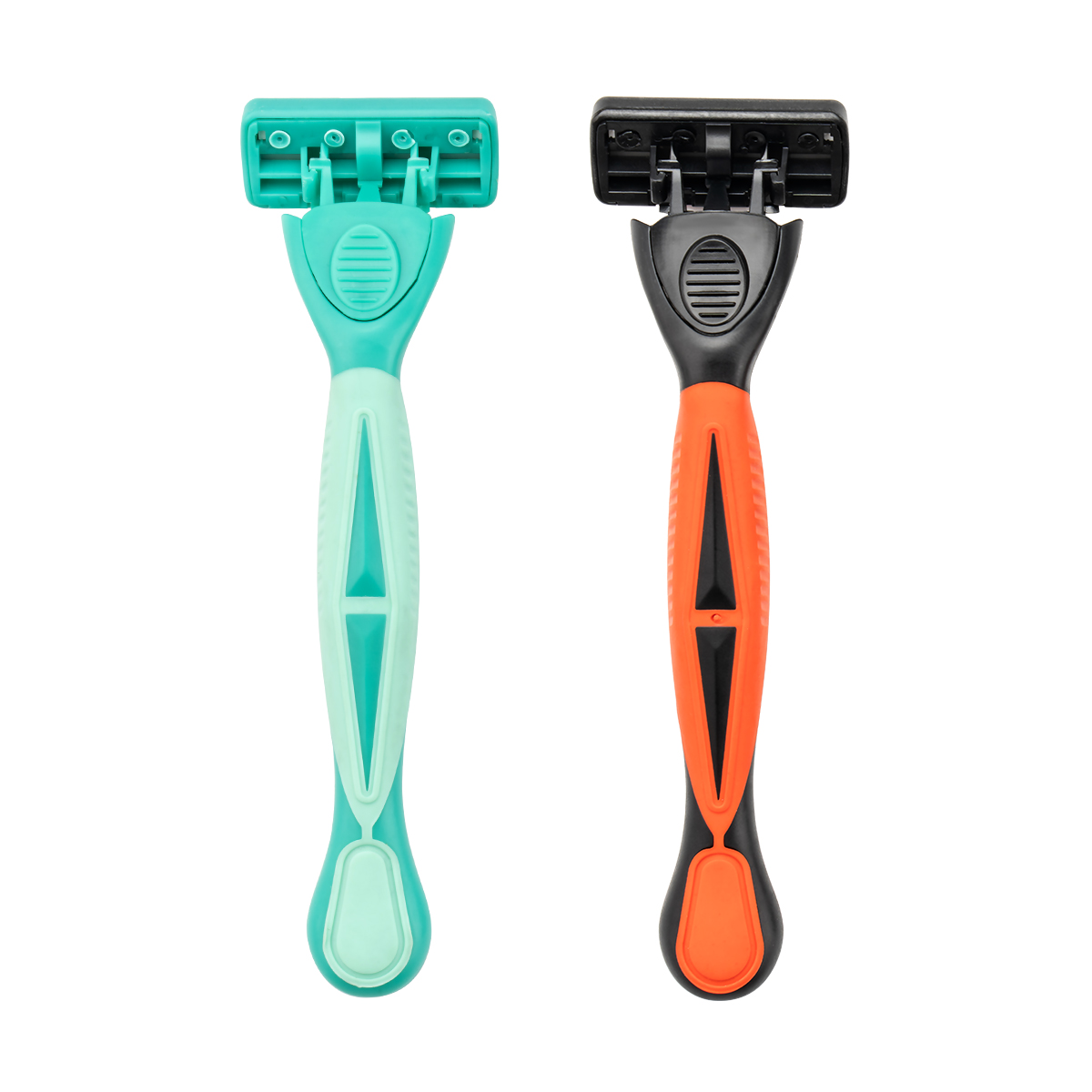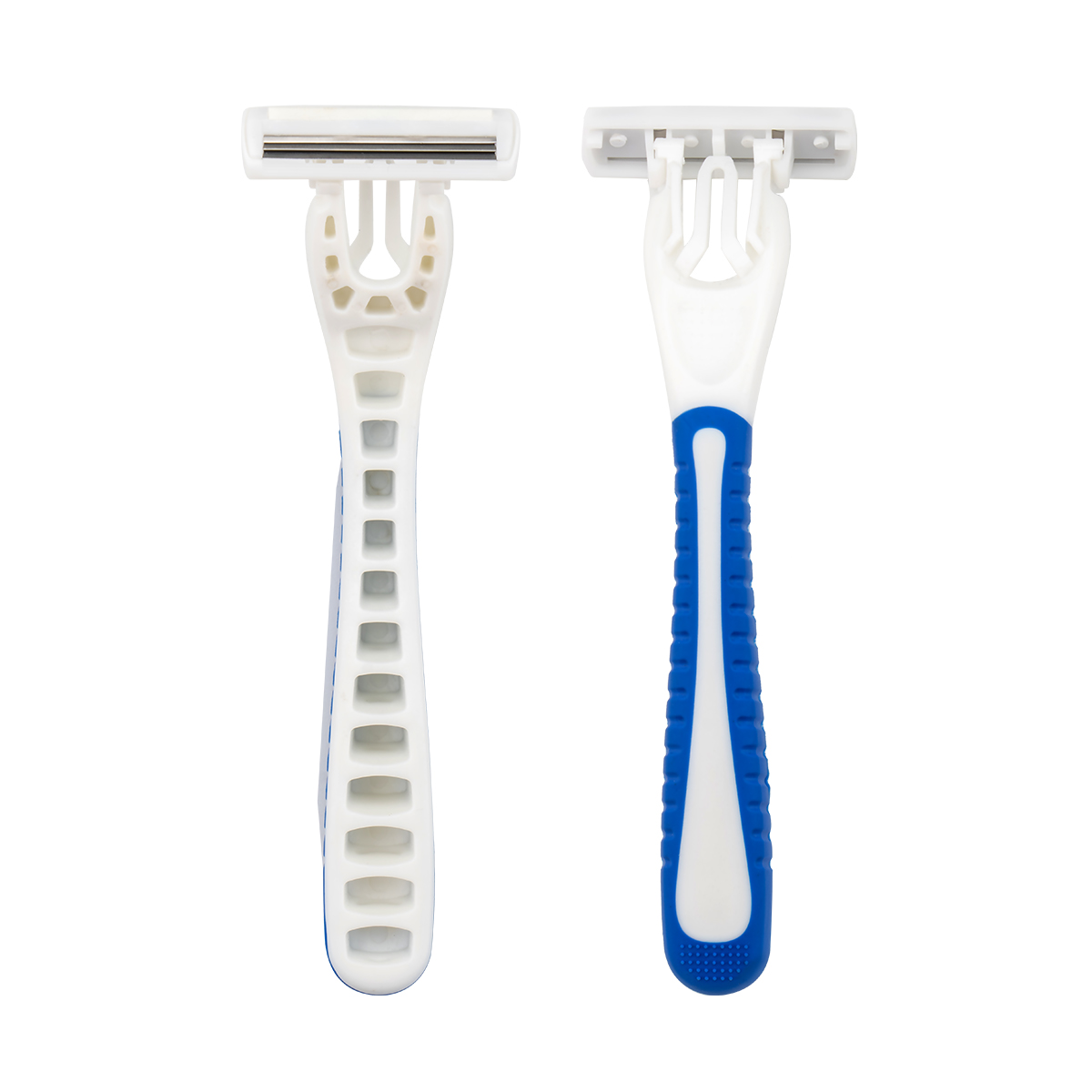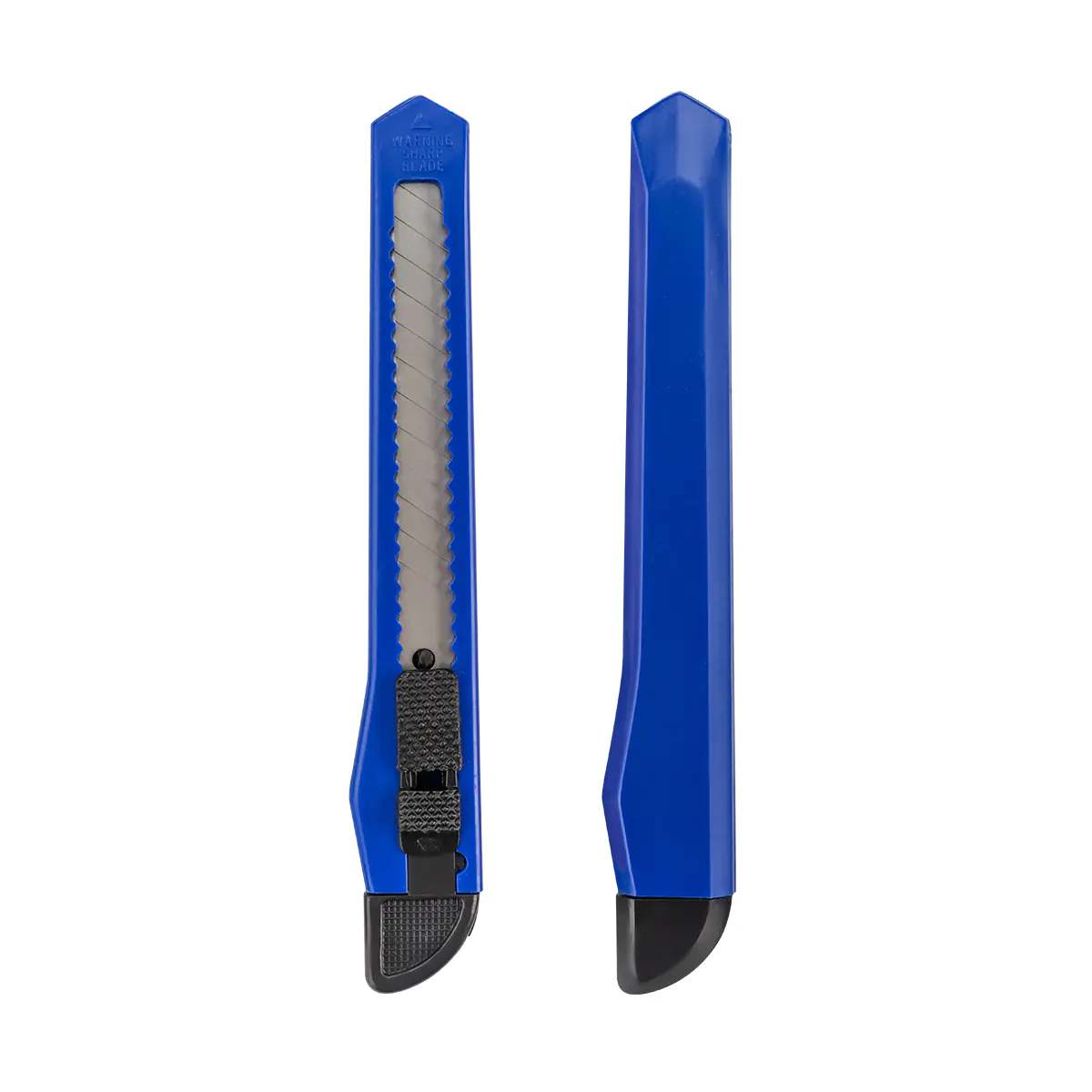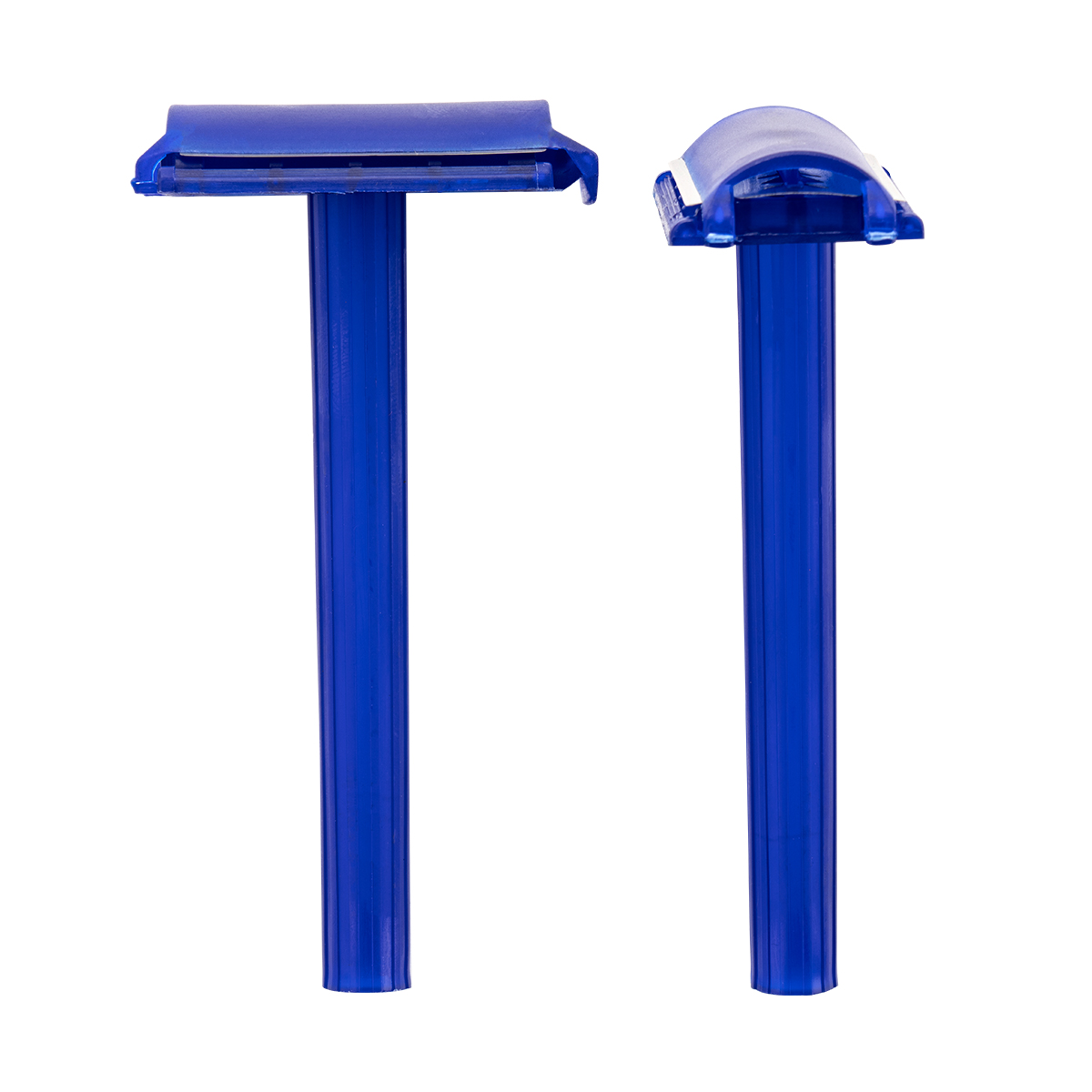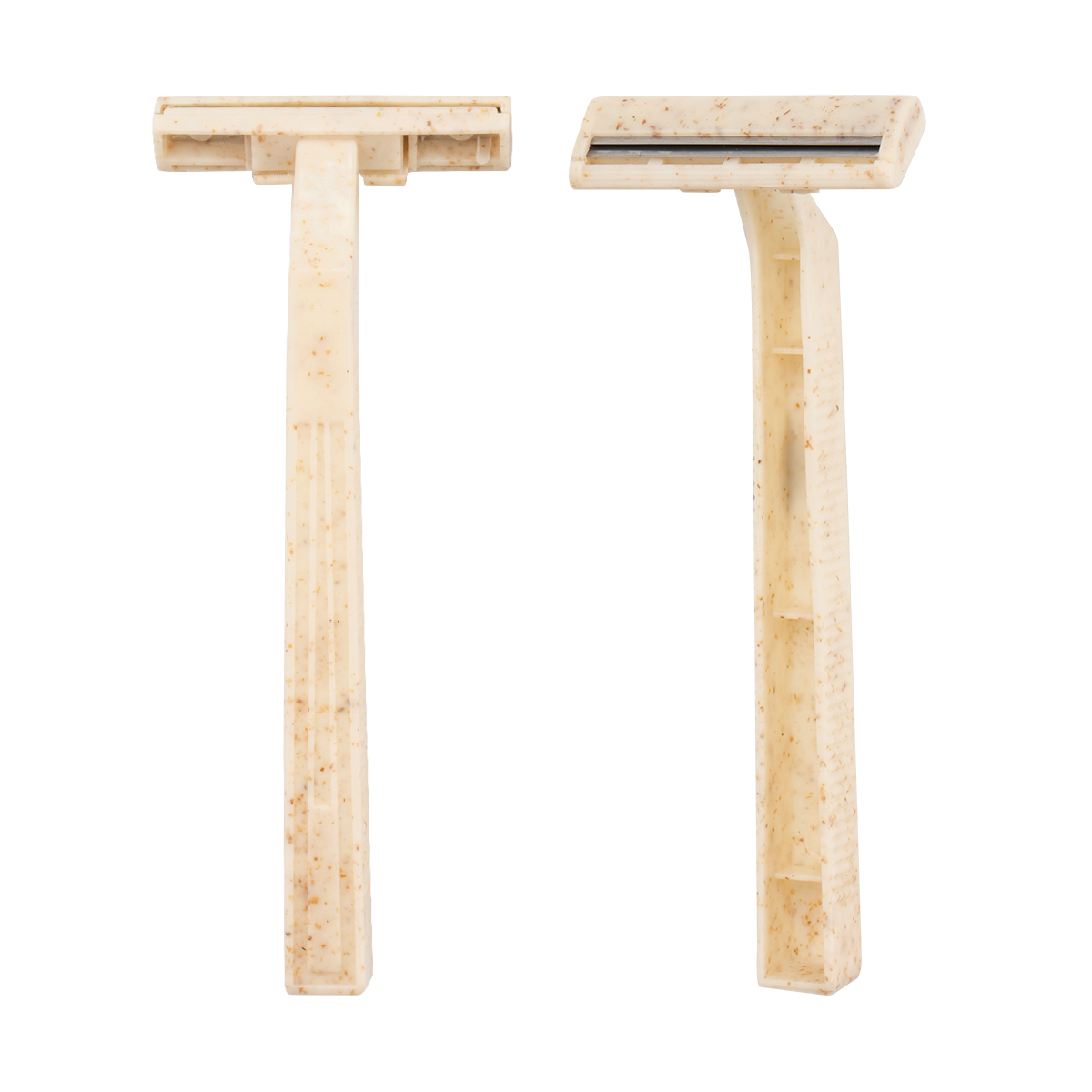We are an industry and trade enterprise
specializing in the production of disposable razors and utility knives for more than 30 years.
Razor News
What is the biggest difference between medical razors and ordinary razors in design and manufacturing
In everyday life, we're all familiar with razors. However, when the lens shifts to the medical field, a seemingly identical tool—a medical razor—exudes a completely different level of professionalism and rigor. The design and manufacturing philosophies of medical razors differ fundamentally from those of ordinary razors we use daily. These differences aren't simply about packaging or price; they stem from an unwavering commitment to safety, hygiene, and professional performance.
1. Blade Sharpness and Cutting Angle: Refinement and Safety
Ordinary razors strive to remove hair quickly and efficiently, resulting in smooth, clean skin. Their blades are typically extremely sharp, and their cutting angles are designed to maximize shaving efficiency, sometimes even at the expense of slight nicks. This is acceptable for daily shaving, as minor skin injuries heal quickly.
Medical razors are completely different. Their blade sharpness is precisely controlled within an optimal range. The goal isn't to achieve a perfectly smooth finish, but rather to minimize minor skin trauma while effectively preparing the skin. The cutting angle of medical razors is specially designed, typically with a subtle slope. This ensures the blade glides smoothly across the skin surface, avoiding tiny incisions that are invisible to the naked eye. While these tiny incisions are harmless in daily life, they can become a potential source of infection in a surgical setting. Any minor skin break can allow bacteria to enter, increasing the risk of postoperative infection. Therefore, the design philosophy of medical razors is "safety first, skin preparation second."
2. Material Selection and Sterilization Requirements: Sterility and Biocompatibility
Material selection for conventional razors is primarily based on cost-effectiveness and durability. Blades are typically made of stainless steel, while handles may be made of plastic or metal. These materials do not need to meet strict sterility requirements because they are used in homes and can be cleaned by the user.
Medical razors, on the other hand, must meet stringent medical device standards. Blades are typically made of high-quality medical-grade stainless steel, which offers excellent corrosion resistance and biocompatibility, preventing adverse reactions with human tissue. Crucially, medical razors must be sterile from production to packaging. They are typically manufactured in cleanrooms and sterilized using ethylene oxide (EO) or gamma radiation. Each razor is sold in individually sealed sterile packaging, ensuring an absolutely sterile environment before opening. This stringent sterility requirement is unmatched by conventional razors and is crucial for their use in medical settings.
3. Structural Design and Safety Protection: Preventing Skin Injury and Cross-Infection
The structural design of conventional razors primarily focuses on ergonomics and the shaving experience. Some high-end razors even feature multiple blades, lubricating strips, and flexible heads for a more comfortable shave.
The structural design of medical razors is centered around the safety requirements of clinical use. Many medical razors feature a unique safety guard or mesh structure above the blade. This guard lifts the hair, allowing the blade to cut effectively while preventing direct contact and scratching of the skin. This design is particularly useful during skin preparation to prevent accidental damage due to improper handling or skin folds. Furthermore, the handles of medical razors are typically designed to be non-slip, ensuring a secure grip even when wearing surgical gloves.
Most importantly, the vast majority of medical razors are single-use. This design principle is intended to completely eliminate the risk of cross-infection. Each patient uses a new, sterile razor, which is immediately disposed of as medical waste after use. This contrasts sharply with the reusability of conventional razors, which can harbor bacteria due to incomplete cleaning. While this risk is lower in a home setting, it is absolutely unacceptable in a hospital setting.
4. Manufacturing Process and Quality Control: Standardization and Traceability
The manufacturing process for conventional razors focuses on large-scale production and cost control. While there are quality standards, they still fall short of the production standards for medical devices.
The manufacturing process for medical razors adheres to strict medical device quality management systems (such as ISO 13485). From raw material procurement, production, assembly, sterilization, to packaging, every step is subject to stringent quality control. Each batch of products is traceable, ensuring that any quality issues can be quickly traced back to the source of production. This standardization of manufacturing processes and strict quality control requirements ensure that every medical razor that leaves the factory meets the highest safety and performance standards. This is not just a business consideration, but also a responsibility to the life and health of patients.
![]() No. 2-2, Oufu Road, Zhangting Town, Yuyao City, Ningbo City, Zhejiang, China.
No. 2-2, Oufu Road, Zhangting Town, Yuyao City, Ningbo City, Zhejiang, China.
![]() +86-574-87560886/87560055
+86-574-87560886/87560055
![]() +86-574-87560885
+86-574-87560885
Copyright © Ningbo Chuangxin Cutting-Tool Manufacture Co., Ltd.

 English
English 中文简体
中文简体 русский
русский Español
Español
